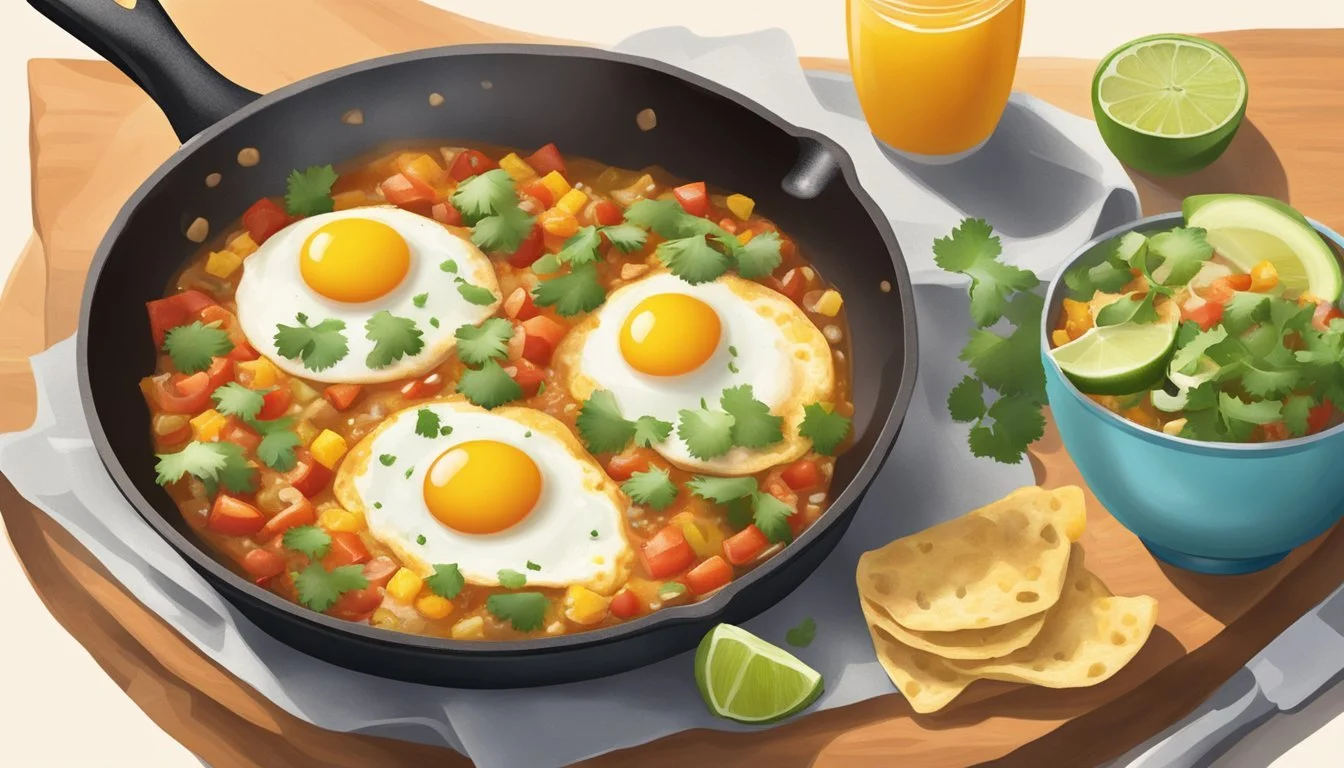Best Way to Reheat Huevos Rancheros
Ensuring Flavorful and Vibrant Results
Huevos Rancheros, a classic Mexican breakfast, offers a symphony of flavors with its combination of eggs, tortillas, beans, and salsa. It's a beloved dish for its heartiness and the vibrant kick it brings to the start of the day. Given the dish's popularity, it's common to have leftovers that one may wish to enjoy later. While reheating this dish can be challenging, particularly in retaining its fresh taste and texture, there are best practices to ensure it remains just as delightful the second time around.
Preserving the individual components of Huevos Rancheros is essential when reheating. Each element, from the crispy tortillas to the runny yolk of the eggs, requires a different method to restore its unique texture and flavor. It's crucial to approach the reheating process with care to avoid a soggy or rubbery outcome that would detract from the original appeal of the dish.
Understanding the right reheating techniques is key in making sure that Huevos Rancheros retain their essence. A gentle warming allows the flavors to blend without overcooking, while employing methods such as skillet reheating for the eggs and tortillas helps to keep their intended crispness and creaminess. It is these thoughtful steps that can bring a previously made batch of Huevos Rancheros back to life, making the dish a savory repeat performance for those seeking to savor it once more.
Understanding Huevos Rancheros
Huevos Rancheros is a traditional Mexican breakfast dish known for its rich flavors and hearty ingredients. It balances the robustness of spices and freshness of toppings, creating a meal that is both satisfying and vibrant.
Historical Background of the Dish
Huevos Rancheros, Spanish for "ranchers' eggs," originates from rural Mexican farms. It was a mid-morning dish served to farmers needing a substantial meal to fuel their demanding labor.
Key Ingredients for Authentic Flavor
Eggs: The centerpiece, traditionally fried but can be cooked to preference.
Corn tortillas: A base that provides a distinct taste and texture.
Salsa: A combination of tomatoes, onion, jalapeño, garlic, and spices like cumin and cilantro, delivering a spicy kick.
Beans: Refried beans, black or pinto beans, add creaminess and protein.
Variations and Substitutions
Vegetarian/Vegan: Substitutions like tofu for eggs or omitting cheese can cater to dietary needs.
Tortillas: Some may use flour tortillas instead of corn.
Toppings: Avocado, queso fresco, and sour cream are common, but regional toppings may vary.
Nutritional Information
Component Benefit Protein (from eggs and beans) Satiety and muscle repair Fiber (from beans and veggies) Digestive health Vitamins (from fresh ingredients like tomatoes and avocado) General health and metabolism
Popular Pairings and Sides
Rice: Often served as a side to complement the dish.
Potatoes: Sometimes included for an added carbohydrate source.
Avocado: Sliced avocado or guacamole is a frequent accompaniment.
Serving Suggestions
Often plated with two warm corn tortillas, refried beans spread on top, followed by a fried egg with salsa. Garnishes might include cilantro, cheese, and a lime wedge.
Cultural Significance
This dish is not only a staple in Mexican cuisine but also has become a meaningful representation of Mexican culture around the world, often enjoyed during various meals beyond breakfast.


